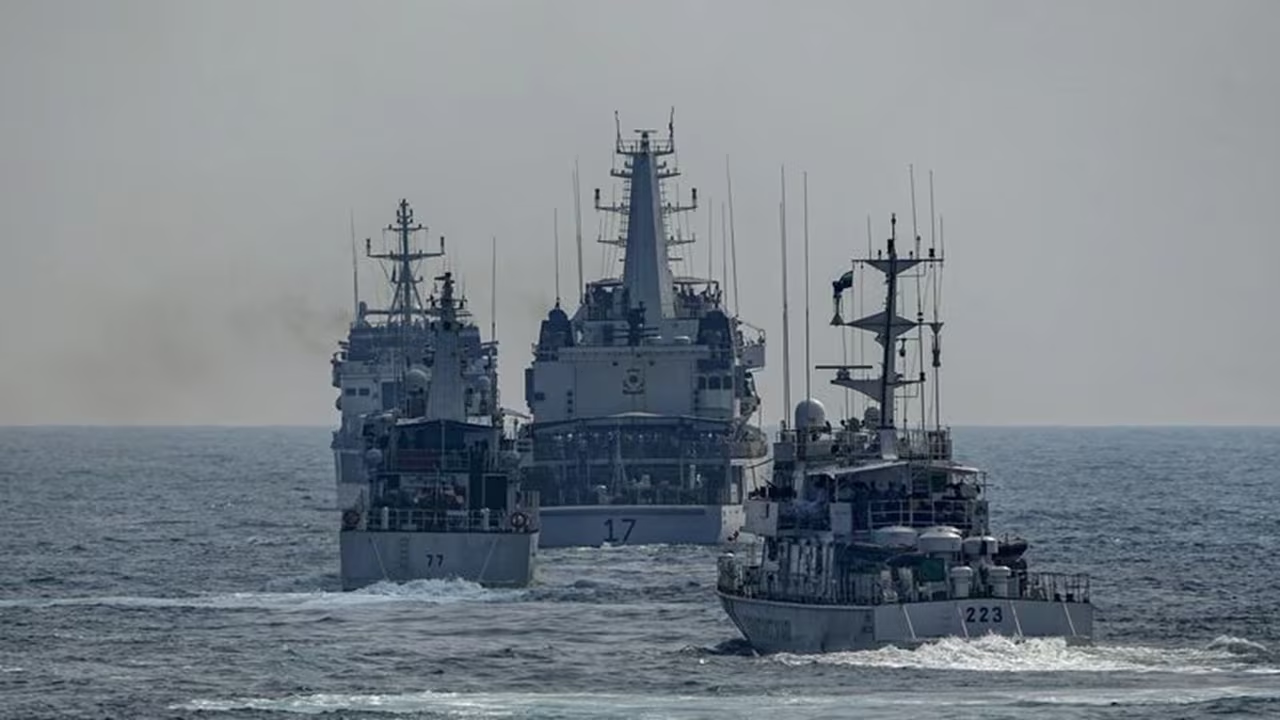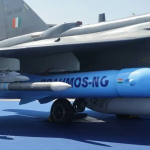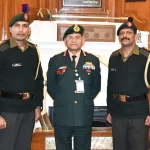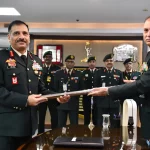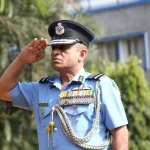The Indian Coast Guard (ICG) is set to expand its operational capabilities with the induction of Remotely Piloted Aircraft (RPAs) and Unmanned Aerial Vehicles (UAVs) to enhance maritime surveillance, reconnaissance, and intelligence gathering. Director General Paramesh Sivamani announced the development in a Ministry of Defence podcast, describing the platforms as force multipliers that will improve monitoring across India’s coastline and the Indian Ocean Region.
The UAVs, equipped with Synthetic Aperture Radar, Automatic Identification Systems, thermal sensors, and AI-driven analytics, will bolster detection of smuggling, piracy, illegal fishing, and other maritime threats. They will also improve early identification of asymmetric threats such as unmanned surface vessels used by non-state actors. Their endurance and wide-area coverage will help reduce the need for manned patrol missions.
This enhancement will work in tandem with the Coastal Surveillance Network Project, which currently operates 46 radar stations under Phase 1. Phase 2, adding 38 more stations, is in its final stages and expected to be completed by the end of the year. The integration of UAVs with this expanded radar coverage will create a multi-layered surveillance grid for early warning and faster threat response.
The Coast Guard’s 14 hovercrafts, already deployed for patrolling shallow waters and riverine areas, will complement UAV monitoring to secure over 7,500 km of coastline. Recent operations, such as the response to the fire aboard Singapore-flagged MV Wan Hai 503 in June and the rescue after the sinking of Liberian vessel MSC ELSA 3 in May, highlight the ICG’s operational readiness and environmental protection role.
In line with the Atmanirbhar Bharat initiative, the ICG is also strengthening its indigenously built fleet. This includes the recent launch of ICGS Atal, a fast patrol vessel from Goa Shipyard Limited, and ICGS Samudra Prachet, an advanced pollution control vessel. The integration of UAVs, RPAs, and expanded radar coverage marks a significant step in modernizing the Coast Guard, enabling faster, smarter, and more efficient maritime security in the Indian Ocean Region.

